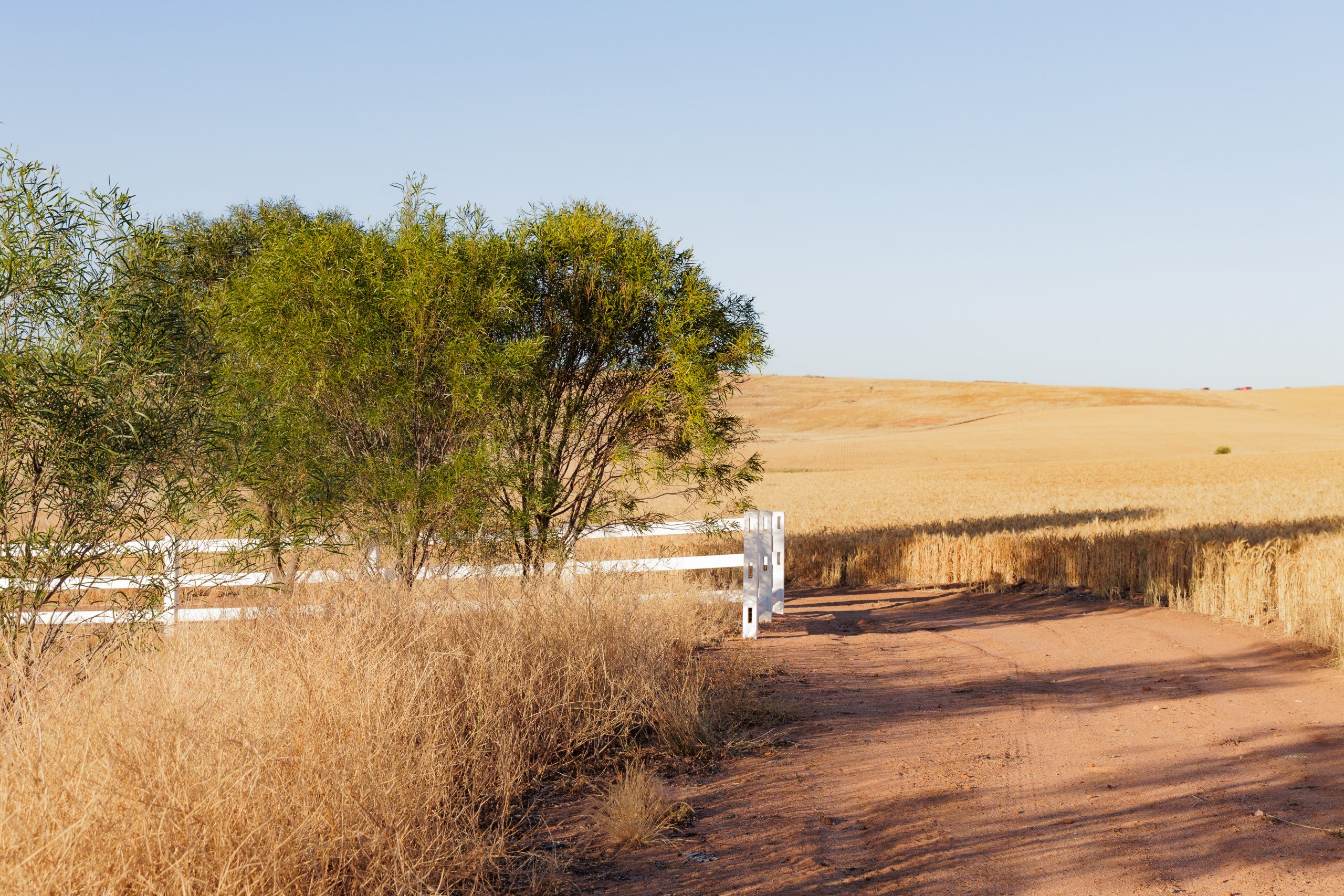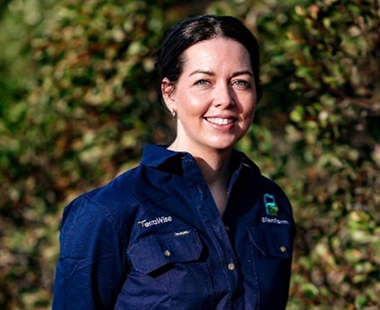Carbon has always been an integral part of farming, present in your soils, pastures, crops, and trees. It’s the backbone of a healthy, productive landscape. But as the carbon industry gathers momentum, so does the noise.
Not everyone’s on board. And not everything is clear.
Trust in the Australian Carbon Credit Unit (ACCU) Scheme has taken a few hits in recent years. Shifting policies, political pressure, and mixed messages leave many farmers wondering: Is this a real opportunity, or just another scheme that will change before it delivers?
Let’s unpack that.
The ACCU Scheme – A Quick Recap
The ACCU Scheme is a voluntary program introduced in 2011 to reward projects that avoid, reduce, or store carbon. For each tonne of CO₂, you earn one ACCU.
Since then:
- 166 million ACCUs issued, with 30 million traded in 2024
- $1.1 billion market value (January 2025)
As of June 2025:
- 2,631 projects registered nationally, including:
- 868 under agricultural methods
- 1,236 under vegetation methods
- 106 under the savanna fire management methods
More than 80% of carbon projects are land-based. Farmers aren’t just involved; they’re doing the heavy lifting.
Land-based ACCU methods represent the most viable short-term opportunity for carbon abatement. That places Australian farmers in a powerful position.
Where are the Doubts Coming From?
When people question the integrity of the carbon market, it’s often not about the idea; it’s about the methods and how they’re being used.
Two methods in particular have faced scrutiny.
Human Induced Regeneration (HIR)
Introduced in 2013, the HIR method aimed to support native forest regrowth by modifying land management practices. However, concerns arose around projects that earned credits where little extra regrowth was likely to occur, particularly on land already close to its full vegetation capacity.
The Regulator acted by reviewing all HIR projects, adding additional assurances, and retiring the method without renewal in 2023.
Despite this, trust was shaken. And HIR contention still pops up in headlines and debates.
Soil Organic Carbon (SOC)
The SOC method encourages new land management practices to increase soil carbon. The method has evolved since 2014 and is currently under review as part of the standard review cycle.
The appeal of SOC is clear: it directly ties to land health, offers strong co-benefits, and presents opportunities across a range of farming systems. It’s also one of the fastest-growing areas of interest for farmers entering the carbon market.
However, it is not without criticism, particularly in areas such as the Western Australian Wheatbelt, where carbon is more volatile and gains may be harder to prove or sustain.
This doesn’t mean that SOC doesn’t work; projects have successfully earned ACCUs. But it’s not a one-size-fits-all solution.
Carbon Markets and the Land Grab
One major driver of ACCU demand is the Safeguard Mechanism, which caps emissions from big emitters. These caps decline each year, prompting companies to reduce emissions or purchase ACCUs.
Modelling shows a shortfall in supply by 2035. This looming gap is already influencing corporate behaviour.
To get ahead, companies are:
- Partnering with farmers via land access or ACCU-share deals
- Buying farmland outright to run carbon projects directly
- Backing carbon project developers, expecting fast ACCU returns
While good partnerships can offer genuine value to landholders, the purchase of productive farmland raises concerns. We’ve all heard the stories of corporates converting good cropping land to trees. Or of farmers who entered into ACCU-share arrangements, surrendering eye-watering portions of their ACCUs.
Why It Matters
These criticisms aren’t about whether carbon projects can work. They’re about design, context, and execution.
When one or two broken models dominate headlines, it distorts the bigger picture.
Yes, there are questionable operators. But there are also genuine, high-integrity players in the market: project developers, advisors, and landholders who are doing it right. There are poorly structured projects, and there are smart, strategic ones delivering real value. Knowing the difference is key.
This difference often comes down to transparency, local understanding, and long-term thinking.
So, Friend or Foe?
It’s no surprise farmers are cautious about engaging with the carbon market. But it is important to look beyond the headlines.
The market is not perfect. It’s messy in places. But it’s also maturing. And importantly, farmers still hold the cards. Your land is the asset that most in the carbon market do not have.
For the first time, farmers can generate income from land that previously sat idle. You can:
- Earn income from remediating less arable land
- Convert marginal land into a productive, tradeable asset
- Generate credits without interrupting your core business
That’s new. This scale of opportunity hasn’t existed before. These aren’t just “possibilities.” Farmers are already doing this.
Yes, some corporate-led projects have drawn criticism, but they’re not the whole story. Many more are using carbon strategically, alongside core operations, for the benefit of the farm and the region. They’ve taken the time to understand the rules, choose the right method, and build the right agreements.
Some farmers are also holding onto ACCUs, not just for sale, but to future-proof against emissions obligations or gain supply chain leverage. Carbon may become just as much about access as it is about income. Because carbon credits wield power. Whether you sell or hold them, they represent action, and they give you leverage.
Doing nothing might feel safe. But in a shifting market, inaction is still a decision.
At the end of the day, the real question isn’t:
“Is the carbon market a friend or foe?”
It’s:
“What do I need to know to make the right call for my farm?”
You know your land. You know your business.
The carbon industry isn’t going away. But how you engage with it is entirely up to you.
Where to From Here?
Farmers know risk. Every season brings uncertainty: weather, prices, pests, and input costs.
Yet you manage it with knowledge, planning, and good decisions.
Carbon farming should be no different.
Take the same approach:
- Learn how it works
- Ask the hard questions
- Work with people you trust
- Know your land’s limits
- Adopt the right tools and tech
- Develop a clear strategy that supports your business, rather than distracting from it.


